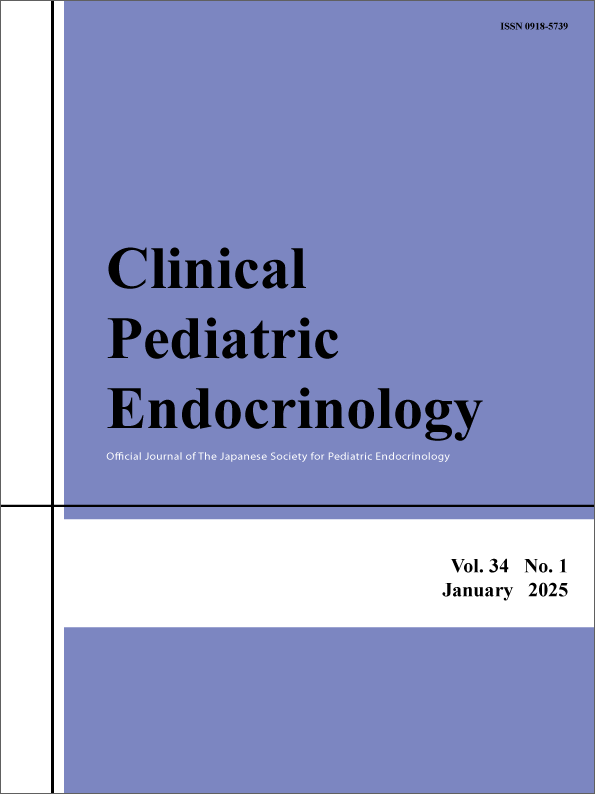- |<
- <
- 1
- >
- >|
-
 2025 Volume 34 Issue 3 Pages 152-161
2025 Volume 34 Issue 3 Pages 152-161
Published: 2025
Released on J-STAGE: July 01, 2025
Advance online publication: March 31, 2025Editor's pickOsteogenesis imperfecta (OI) is a congenital skeletal disorder characterized by varying degrees of bone fragility and deformities. (A) fracture of bilateral humeri in a neonate with OI caused by a pathogenic variant in the COL1A1 gene, (B) calcification of the interosseous membrane in a patient with type 5 OI caused by a specific pathogenic variant, c.-14C>T, in the IFITM5 gene. (C) Mechanism of type I collagen synthesis. Many genes involved in this process have been identified as causative factors of OI, such as the type 1 collagen gene and genes involved in folding (P3H1, CRTAP, and PPIB), collagen processing and crosslinking of type I collagen molecules (SERPINH1, FKBP10, PLOD2, and BMP1), osteoblast differentiation (SP7, TMEM38B, WNT1, CREB3L1, SPARC, and MBTPS2), and bone mineralization (IFITM5 and SERPINF1). ADAMTS-2, a disintegrin and metalloproteinase with thrombospondin motifs 2; BRIL, bone-restricted Ifitm-like; BMP1, bone morphogenetic protein; FKBP65, 65-kDa FK506-binding protein; HSP47, heat shock protein 47; KDELR2, KDEL endoplasmic reticulum protein retention receptor 2; P3H, Prolyl 3-hydroxylase; P4H, prolyl 4-hydroxylase; PEDF, pigment epithelium-derived factor; PICP, carboxyterminal propeptides of type I collagen; PINP, aminoterminal propeptides of type I collagen; SPARC, secreted protein acidic and rich in cysteine.
Download PDF (1372K)
-
2025 Volume 34 Issue 3 Pages 162-171
Published: 2025
Released on J-STAGE: July 01, 2025
Advance online publication: May 24, 2025Download PDF (1157K) -
2025 Volume 34 Issue 3 Pages 172-179
Published: 2025
Released on J-STAGE: July 01, 2025
Advance online publication: April 04, 2025Download PDF (1228K) -
2025 Volume 34 Issue 3 Pages 180-187
Published: 2025
Released on J-STAGE: July 01, 2025
Advance online publication: April 10, 2025Download PDF (1163K)
-
2025 Volume 34 Issue 3 Pages 188-192
Published: 2025
Released on J-STAGE: July 01, 2025
Advance online publication: April 18, 2025Download PDF (1086K) -
2025 Volume 34 Issue 3 Pages 193-199
Published: 2025
Released on J-STAGE: July 01, 2025
Advance online publication: May 30, 2025Download PDF (934K)
-
2025 Volume 34 Issue 3 Pages 200-203
Published: 2025
Released on J-STAGE: July 01, 2025
Advance online publication: April 05, 2025Download PDF (970K)
- |<
- <
- 1
- >
- >|
